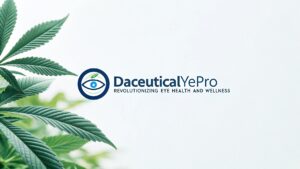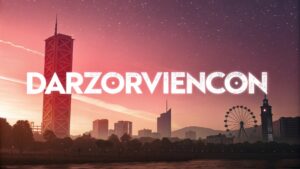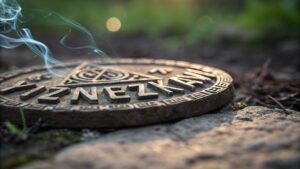Spider Veins vs. Varicose Veins: Knowing the Difference

When it comes to visible veins beneath the skin, many individuals may wonder about the differences between spider veins and varicose veins. These two conditions share some similarities but also have distinct characteristics that set them apart. Here is more information on the differences between the two by describing their appearance, causes, and symptoms, providing a clear understanding for adults looking to learn more about these common conditions:
Differences in Appearance
One way to distinguish spider veins from varicose veins is by examining their physical appearance. Spider veins are small, thin veins that often appear red, blue, or purple. They resemble delicate webs or branches and typically spread out just below the skin’s surface. Common locations include the legs, thighs, or even the face. They do not bulge out from the skin.
Varicose veins are larger and tend to have a more noticeable, raised appearance. They often look twisted or rope-like and can be various shades of blue or purple. These veins frequently protrude under the skin and are most commonly found on the legs and feet. Their more prominent and irregular appearance often makes them easier to identify compared to other vein issues.
Various Causes
Although both veins have different appearances, they share similar contributing factors. Genetics often play a role; individuals with a family history of vein issues may be more likely to experience either condition. Increased age is also a common factor, as veins may weaken over time.
Spider veins often result from minor damage to small blood vessels close to the skin’s surface. Prolonged standing or sitting, hormonal changes, and exposure to sunlight may contribute to their development. These factors often cause small veins to dilate or become more visible.
Varicose veins frequently develop due to weakened or damaged valves within larger veins. When these valves fail to function properly, blood can collect in the veins, making them swell, twist, or bulge. Activities or conditions that increase pressure in the legs, like prolonged standing, pregnancy, or obesity, can heighten the likelihood of varicose veins forming.
Symptoms
While spider veins are primarily considered a cosmetic issue, they rarely cause discomfort. Many people with these veins may notice them but experience no physical symptoms. Varicose veins are more likely to result in discomfort. Common symptoms associated with varicose veins include aching or heavy sensations in the legs, especially after prolonged activity or standing. Swelling, throbbing, or itching may also accompany varicose veins. Individuals sometimes observe changes to the skin around varicose veins, like dryness or discoloration.
Get Treatment for Spider Veins
Differentiating between noticeable veins depends on their appearance, contributing factors, and symptoms. Spider veins are smaller and primarily a cosmetic concern, often linked to minor blood vessel damage or hormonal changes. Varicose veins are larger, more prominent, and may cause discomfort due to vein valves and blood flow issues. Recognizing the distinctions outlined above helps clarify the nature of these common vein-related conditions. Learning these differences empowers individuals to explore potential solutions or further evaluation if needed.






